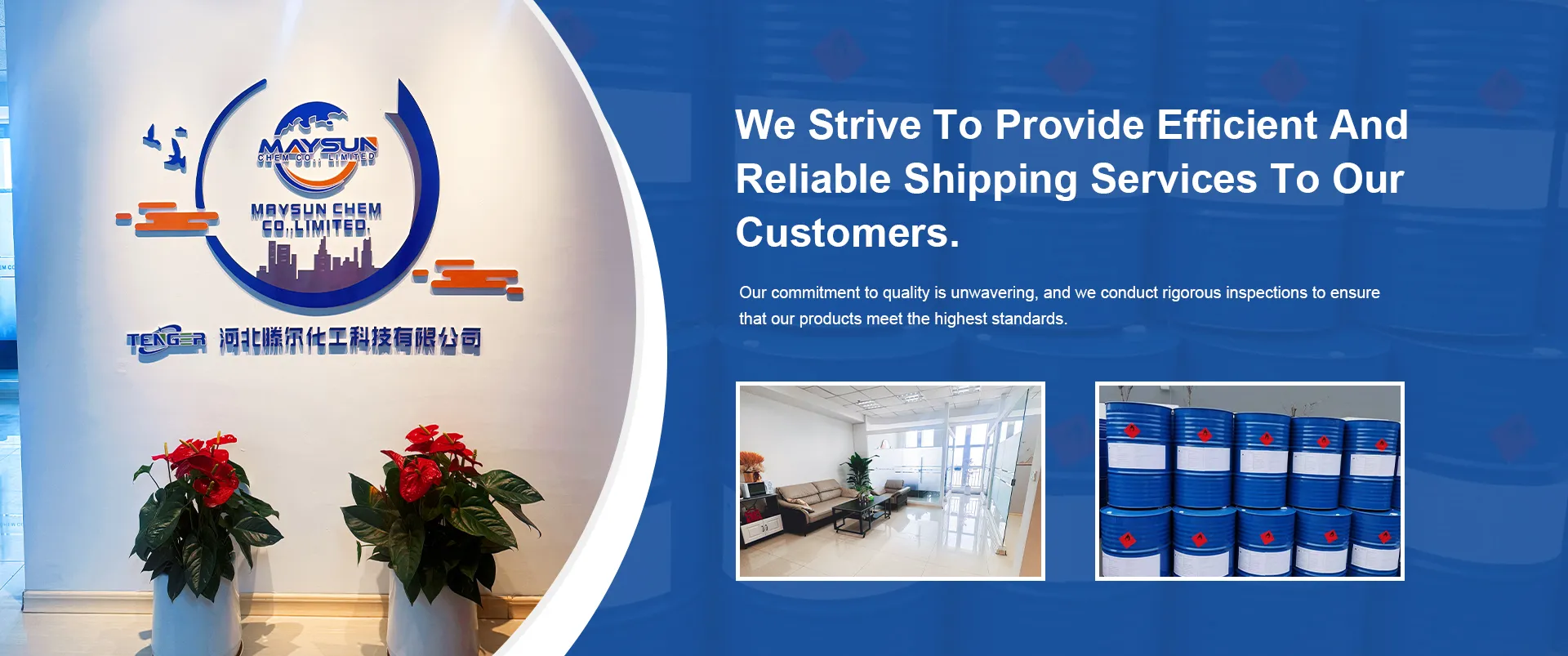
Chemical Use and Environmental Impact in the Mining Industry
Chemicals in Mining A Double-Edged Sword
The mining industry plays a crucial role in supporting our modern economy, supplying essential materials like metals, minerals, and aggregates. However, this sector is also characterized by its heavy use of chemicals, which can have significant impacts on both the environment and human health. Understanding the balance between the benefits and risks associated with the use of chemicals in mining is essential for the development of sustainable practices.
Mining operations often rely on various chemicals for the extraction and processing of ores. One of the most common applications is in mineral processing, where chemicals such as cyanide, sulfuric acid, and flotation agents are employed. For instance, cyanide is widely used in gold mining because it effectively leaches gold from ore. When used responsibly, cyanide has made gold extraction more efficient and economical. However, its toxicity raises serious concerns about the potential for environmental contamination, particularly in regions where mining activities are close to water sources.
Another prevalent chemical in mining is sulfuric acid, which is primarily used in the extraction of copper through a process called heap leaching. In this method, sulfuric acid is applied to piles of crushed ore to dissolve copper, allowing it to be recovered more easily. While this method increases yield and reduces waste, it can lead to acid mine drainage (AMD), where the acid leaches heavy metals into nearby waterways, posing a significant threat to aquatic life and drinking water supplies.
Flotation agents, such as xanthates and dithiocarbamates, are used in the separation process of various minerals. These chemicals enhance the hydrophobicity of certain ores, allowing them to be separated from unwanted materials. While flotation improves the efficiency of mineral recovery, there are concerns about the environmental repercussions, including potential toxicity to non-target species and chemical persistence in sediment.
chemicals in mining

The handling and storage of these chemicals also present risks. Incidents of chemical spills and leaks can have catastrophic effects on local ecosystems. For instance, the Bhopal disaster in India, although not related to mining, serves as a stark reminder of the dangers associated with chemical use in industrial operations. Mining companies must adhere to stringent safety protocols to minimize risks, including proper training for workers, regular inspections, and the implementation of contingency plans for spills.
Moreover, the impact of mining chemicals is not limited to the environment. The health of workers involved in mining operations can be jeopardized by exposure to harmful substances. Chronic exposure to certain chemicals can result in severe health issues, including respiratory illnesses and skin disorders. As awareness grows regarding these risks, mining companies are increasingly motivated to invest in cleaner technologies and alternative methods to reduce chemical use.
In response to these challenges, the mining industry is gradually shifting towards more sustainable practices. Innovations such as biotechnological solutions, which utilize microorganisms to extract minerals from ores, are emerging as environmentally friendly alternatives to traditional chemical methods. These biotechnological advancements can reduce the reliance on harmful chemicals, mitigate environmental impacts, and improve the overall sustainability of mining operations.
Regulatory frameworks play a vital role in managing the use of chemicals in mining. Governments worldwide are implementing stricter regulations to protect the environment and public health. Enhanced monitoring, reporting requirements, and environmental assessments are now commonplace in mining jurisdictions. By holding companies accountable for their chemical usage, regulators can drive the industry toward safer practices.
In conclusion, while chemicals have revolutionized the mining industry, making it more efficient and effective, they also pose substantial risks to the environment and human health. A careful balance must be achieved to harness the benefits of these chemicals while mitigating their negative impacts. Through technological innovation, adherence to safety regulations, and a commitment to sustainable practices, the mining industry can work towards a future that prioritizes both productivity and environmental stewardship. As stakeholders in the mining sector continue to address these complex challenges, they pave the way for more responsible and sustainable resource extraction that benefits both society and the planet.
-
Pure Sodium Dichloroisocyanurate Dihydrate | Powerful DisinfectantNewsAug.29,2025
-
Industrial Chemicals: Quality & Purity for Every IndustryNewsAug.28,2025
-
Nitrile Rubber Honoring Strict Production StandardsNewsAug.22,2025
-
Aspartame Ingredients Honoring Food Safety ValuesNewsAug.22,2025
-
Fertilizer for Balanced Plant NutritionNewsAug.22,2025
-
Cyanide Gold Processing with High Purity AdditivesNewsAug.22,2025
-
Formic Acid in Textile Dyeing ApplicationsNewsAug.22,2025
Hebei Tenger Chemical Technology Co., Ltd. focuses on the chemical industry and is committed to the export service of chemical raw materials.
-

view more DiethanolisopropanolamineIn the ever-growing field of chemical solutions, diethanolisopropanolamine (DEIPA) stands out as a versatile and important compound. Due to its unique chemical structure and properties, DEIPA is of interest to various industries including construction, personal care, and agriculture. -

view more TriisopropanolamineTriisopropanolamine (TIPA) alkanol amine substance, is a kind of alcohol amine compound with amino and alcohol hydroxyl, and because of its molecules contains both amino and hydroxyl. -

view more Tetramethyl Thiuram DisulfideTetramethyl thiuram disulfide, also known as TMTD, is a white to light-yellow powder with a distinct sulfur-like odor. It is soluble in organic solvents such as benzene, acetone, and ethyl acetate, making it highly versatile for use in different formulations. TMTD is known for its excellent vulcanization acceleration properties, which makes it a key ingredient in the production of rubber products. Additionally, it acts as an effective fungicide and bactericide, making it valuable in agricultural applications. Its high purity and stability ensure consistent performance, making it a preferred choice for manufacturers across various industries.





